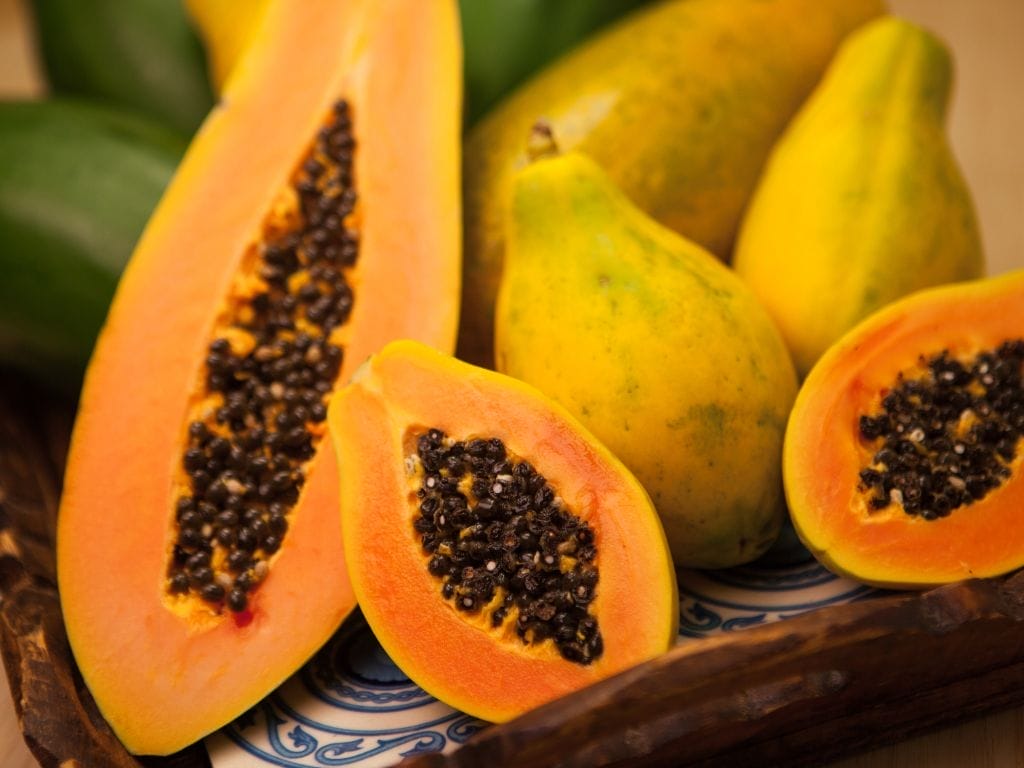10 Interesting Facts about Papayas

No Time to Read? Here’s a Snappy Summary of This Article
- Tropical Marvel: Papayas are vibrant fruits originating from Central America, known for their luscious orange hue and sweet taste.
- Enzyme Powerhouse: Packed with papain, papayas aid digestion, making them a delightful and nutritious addition to your diet.
- Skin Elixir: Papaya’s enzymes and vitamins make it a skincare superhero, promoting a radiant complexion and combating signs of aging.
- Nutrient Bonanza: Beyond vitamin C, papayas boast a rich array of nutrients, including folate, potassium, and fiber, supporting overall health.
- Versatile Culinary Gem: From refreshing salads to exotic salsas, papayas bring a unique flavor twist to both sweet and savory dishes.
- Natural Immunity Boost: The high vitamin C content in papayas supports the immune system, making them a tasty defense against illnesses.
Table of Contents
- No Time to Read? Here’s a Snappy Summary of This Article
- 1. Origins of Papaya
- 2. Papaya Tree
- 3. Papaya Fruit
- 4. Papaya Tree Characteristics
- 5. Papain Enzyme
- 6. Papaya Seeds
- 7. Papaya in Cuisine
- 8. Health Benefits of Papaya
- 9. Other Uses of Papaya
- 10. Papayas in Singapore
- Conclusion
- Meanwhile, Check Out Tropika Club’s Ecosystem of Websites
Introduction
Embark on a journey into the fascinating world of the Papaya, a tropical fruit that has captured the hearts of many around the globe. This beloved fruit, with its unique flavor and myriad health benefits, hails from the lush landscapes of Central America. Over time, it has traveled far and wide, finding a home in various tropical and subtropical regions across the world.
1. Origins of Papaya
The papaya is a tropical fruit that is believed to have originated in the tropics of the Americas, perhaps from southern Mexico and neighboring Central America. Today, it has become naturalized throughout various tropical and subtropical regions of the world, including Singapore.
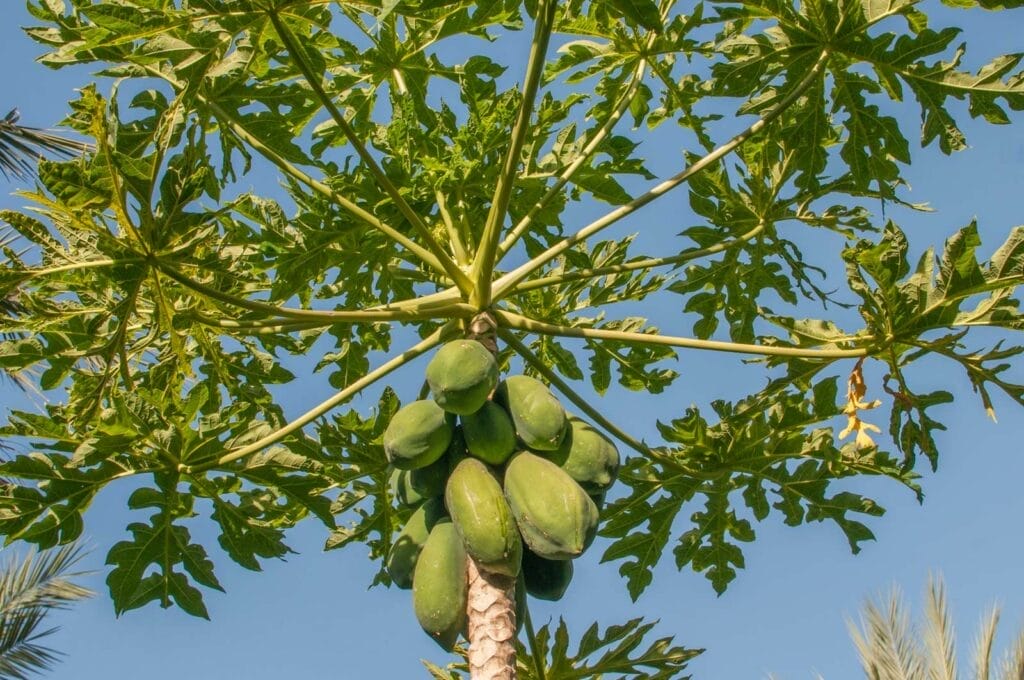
2. Papaya Tree
The papaya belongs to the Carica Papaya tree. This tropical fruit tree, also known as Papaw or Pawpaw, grows anywhere between 5 meters and 10 meters. It is a fast-growing tree and can bear fruits within 6 months to 12 months.
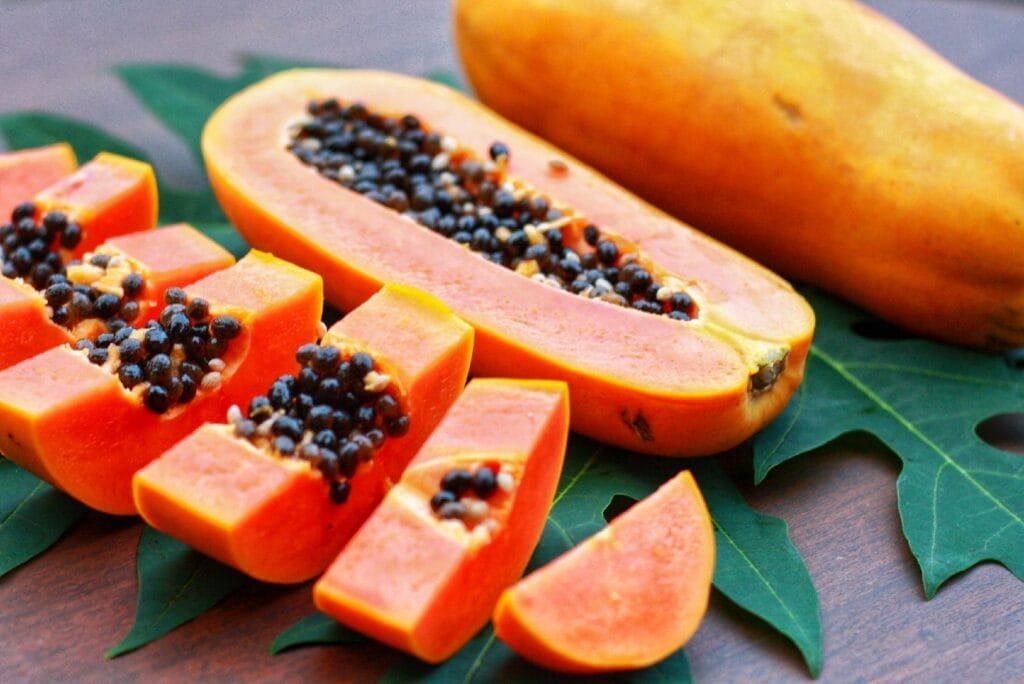
3. Papaya Fruit
The papaya fruit is actually a large berry. There are usually two variants of the papaya that are cultivated and sold throughout the world: the Hawaiian papaya and the Mexican papaya. The Hawaiian papaya is smaller and has a pear shape.
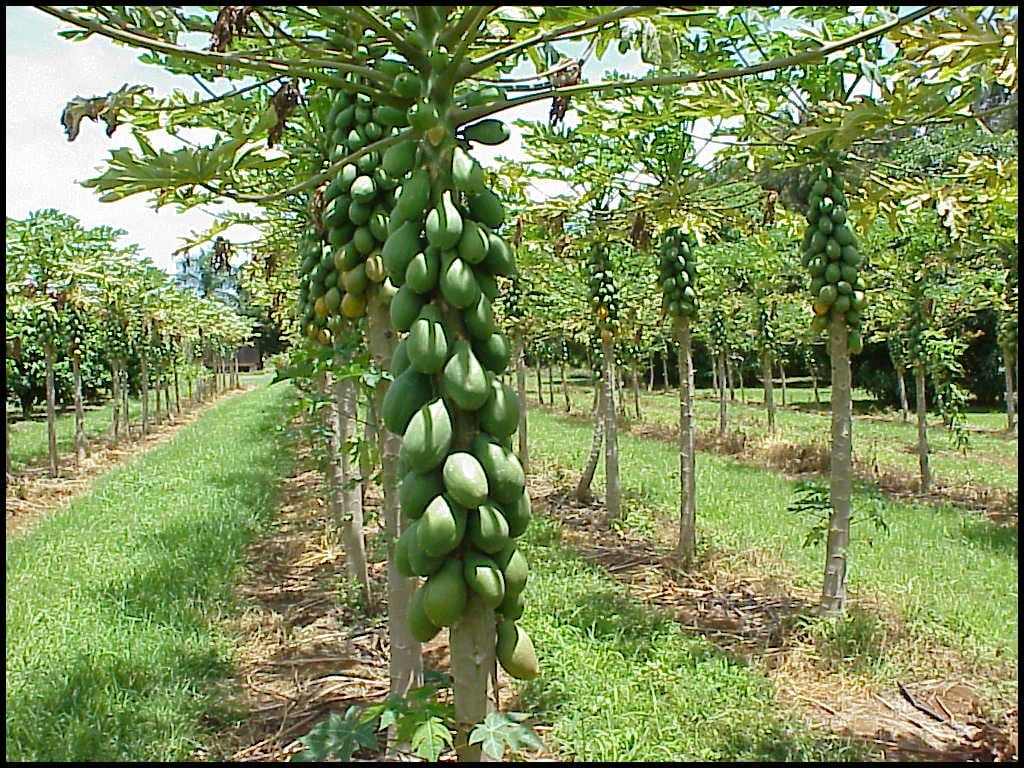
4. Papaya Tree Characteristics
The papaya tree doesn’t have branches. Its leaves grow on petioles that are nearly horizontal. Every part of the papaya tree has latex. Interestingly, the lower trunk is full of scars.
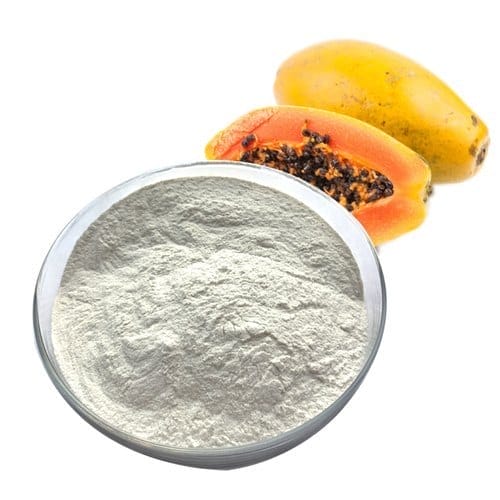
5. Papain Enzyme
There is an enzyme called papain in unripe green papaya fruit and even the papaya leaves. This enzyme has been used to tenderize meat for thousands of years. The white powder sold as “Meat Tenderizer” is composed mainly of this enzyme extract from the papaya.
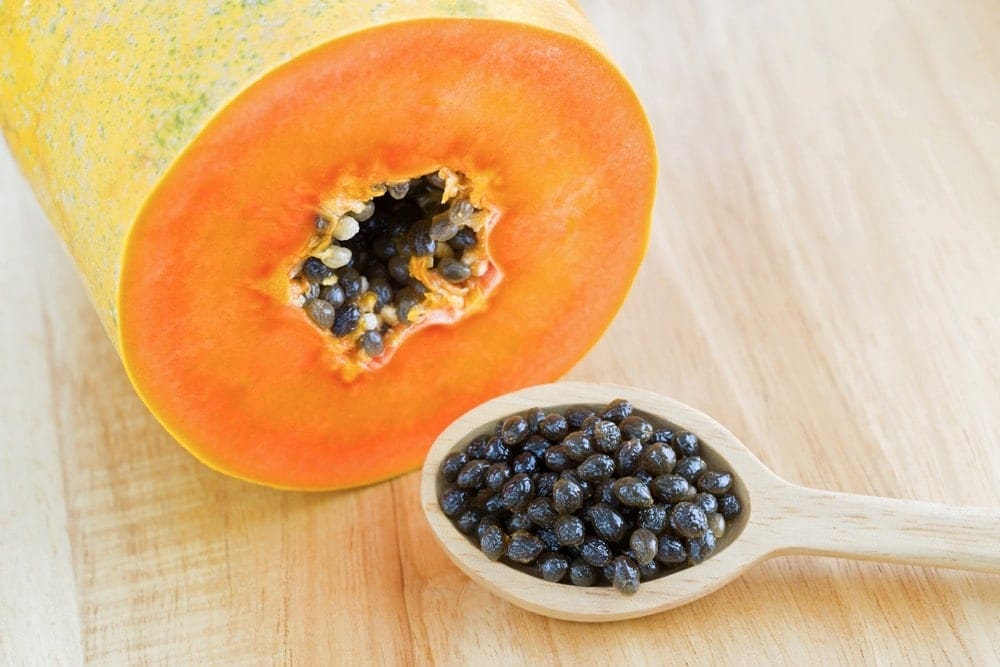
6. Papaya Seeds
The black seeds of the papaya have a sharp and spicy taste. They can be ground up and used as a substitute for black pepper. These seeds are edible and look like peppercorns with a slightly peppery flavor.
_
Read Also:
Top 10 Body and Massage Oils in Singapore_
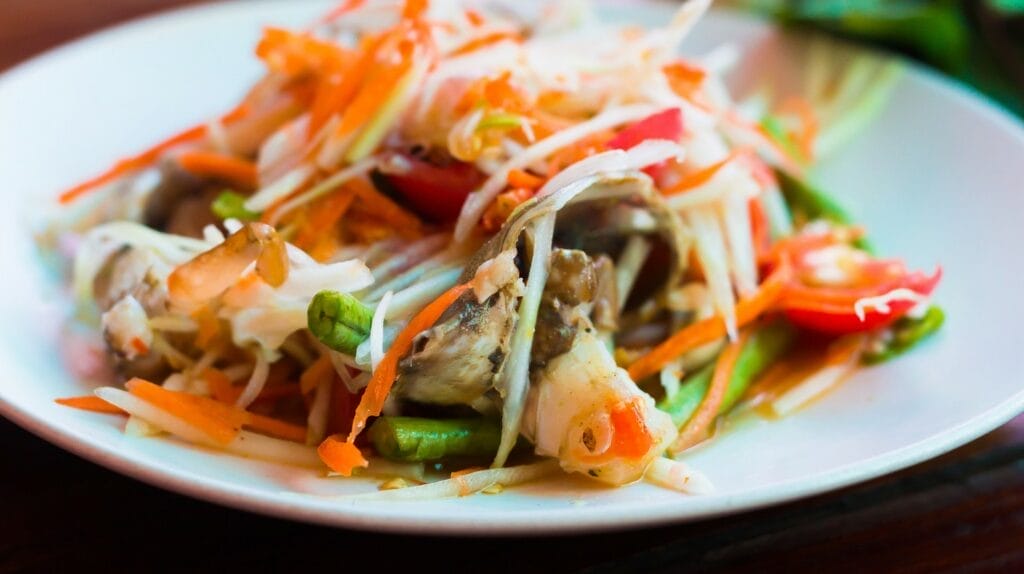
7. Papaya in Cuisine
After being introduced to various islands, Papayas became a part of many cuisines around the world. In some parts of Asia, including Singapore, papaya leaves are steamed and eaten.
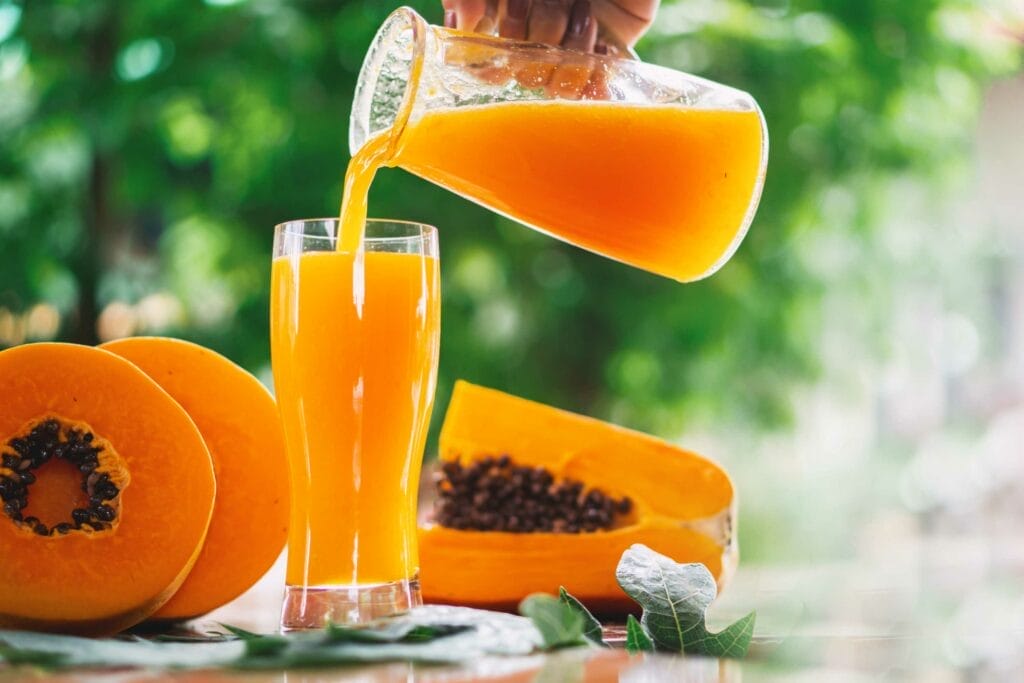
8. Health Benefits of Papaya
Small papayas contain about 300% of the recommended daily amount of Vitamin C. Tea made from papaya leaves is consumed in some countries as protection against malaria. However, consumption of very large amounts of papaya may cause carotenemia, harmless yellowing of soles and palms.
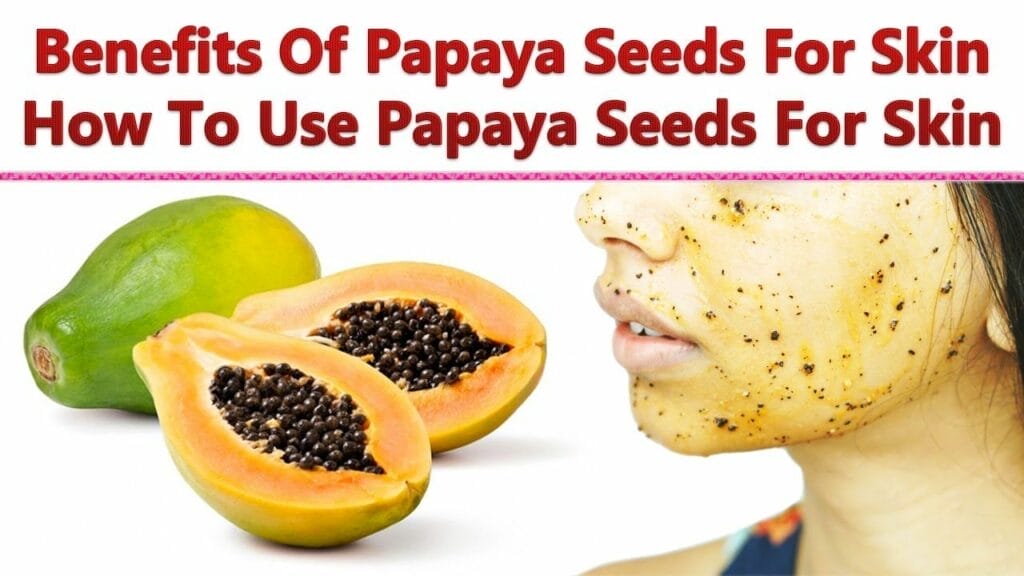
9. Other Uses of Papaya
The bark of the papaya tree is often used to make rope. In some parts of the world, women have used papaya as a folk remedy for contraception and abortion. However, it’s important to note that these uses are not scientifically proven and can potentially be harmful.
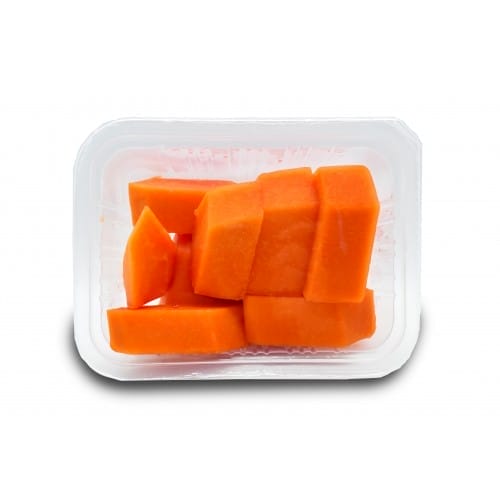
10. Papayas in Singapore
In Singapore, papayas are commonly found in supermarkets and wet markets due to their popularity among locals for their sweet taste and health benefits. They are also commonly used in local dishes such as Papaya Salad and Papaya Soup.
Conclusion
Whether you’re savoring its sweet, tropical flavor in a vibrant salad, or relishing the calming warmth of papaya leaf tea, the papaya fruit undeniably has a cherished spot in our culinary experiences. Its versatility in various dishes, coupled with its myriad of health benefits, makes it a staple in many households.
In Singapore, this humble fruit is not just a part of the diet, but also a part of the culture. It’s found in traditional dishes, modern fusion cuisine, and even in home remedies. The papaya is more than just a fruit here – it’s a testament to Singapore’s rich culinary diversity and its people’s love for good, wholesome food.
So whether you’re a local who grew up with the familiar taste of papaya or an expat who discovered its delights on sunny Singaporean shores, there’s no denying that the papaya holds a special place in our diets and hearts. Its sweet presence graces our meals and its nutritional benefits nourish our bodies, making every bite of this tropical fruit a celebration of nature’s bounty.

Frequently Asked Questions (FAQ)
Q1: Are papayas readily available in Singapore?
A: Absolutely! Singapore’s markets and grocery stores regularly stock fresh papayas, making it easy to enjoy their tropical goodness.
Q2: Can papayas help with skin issues in Singapore’s humid climate?
A: Yes, papayas are a skincare ally. Their high vitamin C content can combat the effects of humidity, promoting healthy and radiant skin.
Q3: Where can I find papaya-based beauty products in Singapore?
A: Explore local beauty stores or online platforms in Singapore for a range of papaya-infused skincare products, from masks to creams.
Q4: Are there specific papaya recipes suitable for Singaporean taste buds?
A: Absolutely! Try incorporating papayas into refreshing tropical smoothies or mixing them into spicy salsas for a delightful local twist.
Q5: Can papayas be grown in home gardens in Singapore?
A: Yes, they can! With Singapore’s tropical climate, growing papayas in your home garden is not only possible but also rewarding.
Q6: Do papayas have any cultural significance in Singapore?
A: While not native, papayas have found their way into various Singaporean dishes, adding a tropical touch to the diverse culinary scene.

Have an Article to Suggest?
Tropika Club is always looking for new and exciting content to feature in their magazine and they value the input of our readers. If you have any noteworthy content or articles that you believe would be a great addition to Tropika Club’s magazine, we are open to suggestions and encourage you to reach out to us via email at [email protected]. By doing so, Tropika Club values your expertise and knowledge in the matter and appreciates your willingness to help. We will review your recommendations and update our list accordingly
Meanwhile, Check Out Tropika Club’s Ecosystem of Websites
Tropika Club Magazine – Tropika Club Magazine is a Singapore-based publication that features articles on a wide range of topics with a focus on local businesses and content for the region. The magazine emphasizes supporting local businesses through its #SupportLocal initiative, which includes coverage of everything from neighborhood hawker stalls to aesthetic clinics in town. In addition to highlighting local businesses, Tropika Club Magazine also covers a variety of local content, including beauty, lifestyle, places, eats, and what’s on in Singapore and the Asia Pacific region.



